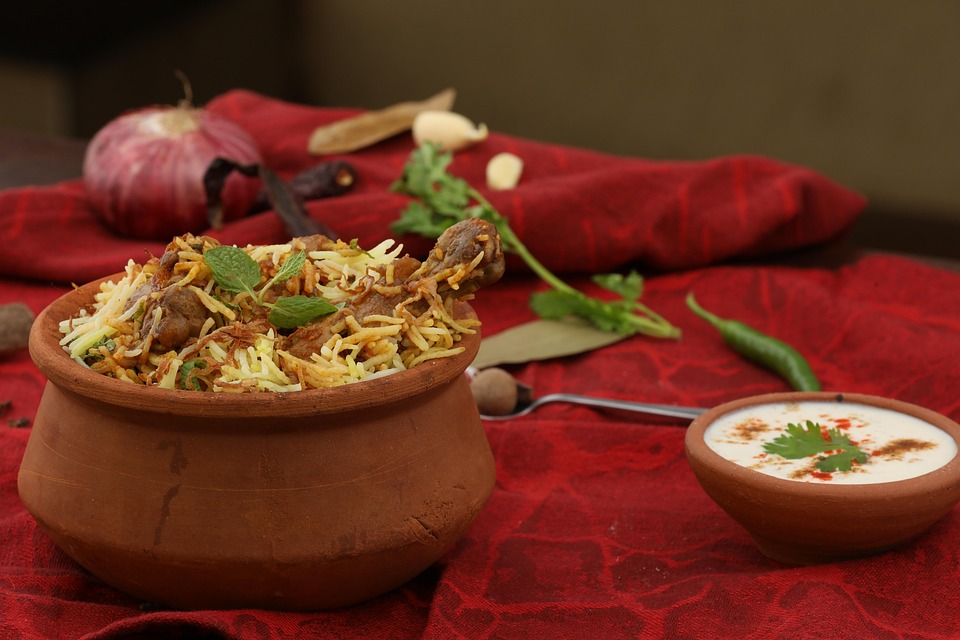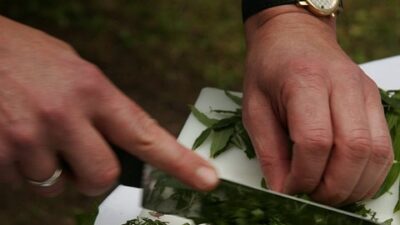In the culinary world, presentation is just as important as taste. The way food is plated can dramatically influence the dining experience, transforming a simple meal into a work of art. The practice of plating is not only about aesthetics but also about communicating flavors and textures, creating anticipation, and enhancing the overall enjoyment of the dish. Here, we explore the principles of plating, tools you need, and some creative tips to elevate your culinary creations.
Why Plating Matters
First Impressions
The first thing diners experience is visual. A striking plate can captivate guests and set the tone for the meal. A beautifully plated dish can evoke excitement, making diners more eager to taste the food.
Culinary Storytelling
Plating is an art that invites patrons to experience the dish beyond just its flavors. It tells a story, conveying the chef’s intent and inspiration. Each element on the plate can represent a different ingredient, tradition, or style, guiding the diner through a narrative of taste.
Enhances Texture and Flavor
A well-composed plate can heighten sensory perceptions. Thoughtful arrangements that consider shape, color, and texture can influence how flavors are perceived. For example, contrasting textures can awaken the palate: a creamy sauce paired with crunchy elements can create a delightful interplay.
Principles of Plating
Balance and Symmetry
A balanced plate feels harmonious and appealing. This doesn’t always mean symmetry; asymmetrical designs can also create a dynamic look. Pay attention to the visual weight of each component and strive for proportionate distribution.
Color Contrast
Color brings life to a plate. Try to incorporate a variety of colors to create visual excitement. Greens, reds, yellows, and browns—when balanced correctly—result in a cohesive and appealing presentation, enticing the eye and enhancing the meal’s appeal.
Height and Dimension
Creating height can add interest. Layering components, using bowls or rings, or even stacking elements can introduce a three-dimensional quality. Play with different heights to achieve visual impact, keeping in mind the stability of what you’re creating.
Plate Choice
The choice of plate is crucial. A blank canvas against which colors and shapes can pop, white plates are often favored in fine dining. However, colored or textured plates can also enhance certain dishes if used thoughtfully. Consider how the plate complements the food.
Tools for Plating
Tweezers and Spoons
Precision is key in plating. Tweezers allow for delicate placements of small elements, such as microgreens or edible flowers. Spoons and ladles can help add sauces or purées with precision.
Ring Molds
Ring molds help to create uniform shapes and portions, especially for layered components like terrines or sushi. They lend structure and a professional finish that enhances the overall aesthetic.
Brushes and Squeeze Bottles
Garnishes and sauces can be artfully applied using brushes or squeeze bottles. This technique allows for creative designs on the plate, such as drizzles, dots, or even abstract patterns that augment the dish’s visual appeal.
Creative Plating Techniques
The Dot Technique
Create small dots or strokes of sauces, purées, or oils around the plate. This method adds artistic flair and allows the flavors to be discovered with each bite.
The Stack
Stacking elements can create a bold look. Whether it’s a burger with stacked ingredients or a tower of vegetables, height attracts the eye and can create an exciting eating experience.
Negative Space
Don’t overcrowd the plate. Utilizing negative space (the empty areas of the plate) helps the eye focus on the food and can give a sense of elegance.
Garnishing
A final touch with garnishes can enhance both flavor and presentation. Edible flowers, microgreens, or a sprinkle of herbs can add bursts of color and elements of freshness. Choose garnishes that complement the dish rather than overpower it.
In Conclusion
The art of plating elevates culinary creations from ordinary to extraordinary. By considering the principles of balance, color, height, and the right tools, anyone can improve their plating skills and enhance the dining experience. With practice, creativity, and a keen eye for detail, you can transform your dishes into beautiful works of art that are as delicious to look at as they are to taste. So the next time you set the table, remember: the plate is your canvas, and your culinary creations are waiting to tell their story.



